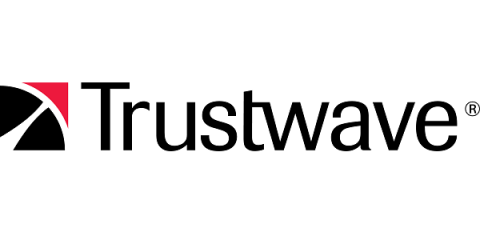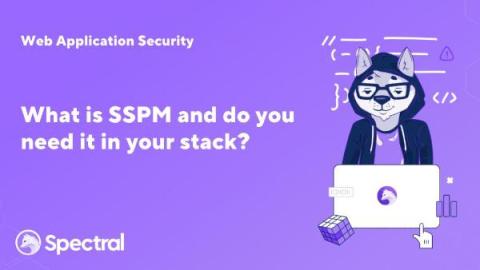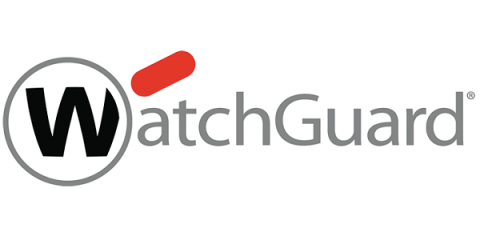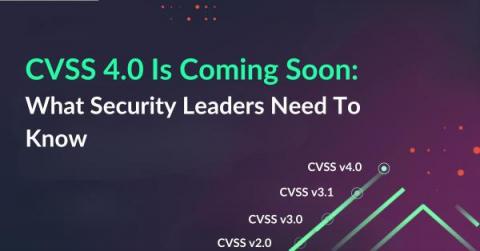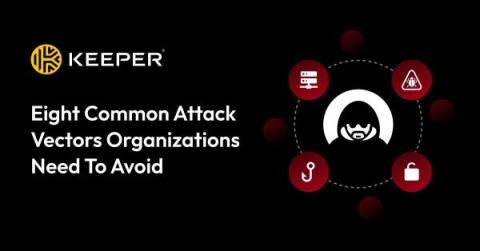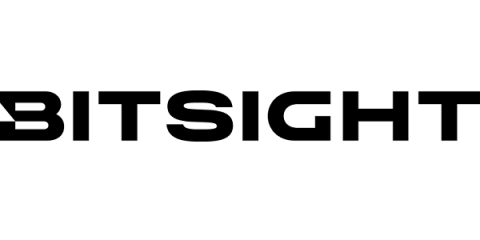Managed Detection and Response Providers Shouldn't Lay Claim to Your Custom Content
Among the due diligence a company should perform when signing with a managed detection and response (MDR) provider, one item that may not be top of mind is who owns custom content developed during the service. You may be surprised to find out it’s often the provider, not you. MDR content ownership becomes an issue when you change providers or bring in-house the monitoring capability.


